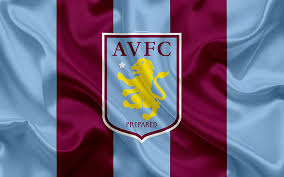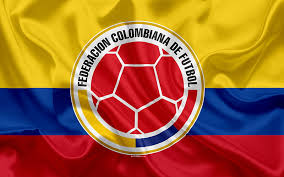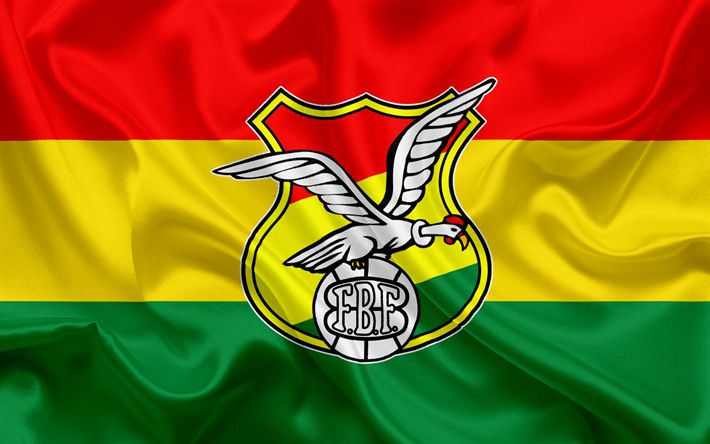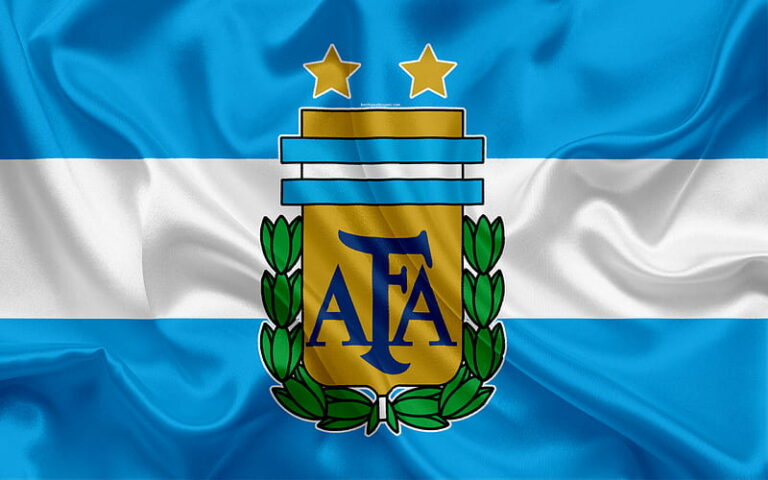
Fluminense FC
Fluminense’s supporters are not merely fans; they are an integral part of the club’s identity, passionately referred to as “Tricolores.” This moniker reflects their pride in the team’s traditional colors—green, maroon, and white—which symbolize unity and resilience.
Passionate Supporters and Fluminense FC
The fervor of Fluminense’s supporters is palpable during matches, where the Maracanã Stadium transforms into a cauldron of energy. Fans create an electric atmosphere through coordinated chants, intricate banners, and vibrant displays that showcase their undying loyalty. Such passionate support resonates beyond just winning titles; it instills a sense of belonging among the fan base ok win.
Fluminense’s supporters often engage in acts of philanthropy and community outreach. Initiatives such as local youth programs and scholarships for underprivileged children highlight the club’s commitment to societal development, fostering a culture where football becomes a tool for positive change.
Connection to Rio de Janeiro Culture
Fluminense’s cultural significance is deeply intertwined with the spirit of Rio de Janeiro. The club’s roots in the city have influenced its identity, making it synonymous with samba rhythms, beach culture, and the vibrant lifestyle of Cariocas.
During Carnival season, for instance, the club engages with samba schools and local festivities, showcasing how intertwined football and culture can be. This symbiotic relationship highlights the club’s role in shaping the cultural fabric of the city, ensuring that Fluminense remains relevant in both sporting and sociocultural contexts.
Traditions That Bind Generations
The traditions upheld by Fluminense FC transcend generations, creating a sense of continuity and legacy that binds fans. Rituals such as pre-match gatherings, communal celebrations after victories, and remembrance of key historical moments cultivate a shared experience that reinforces loyalty across different age groups.
These traditions manifest in various forms—from songs sung in unison to the rituals surrounding match day. Such practices enrich the club’s identity and provide a framework for future generations to connect with their heritage, reinforcing the idea that being a Tricolor is about more than just supporting a football team; it is about embracing a way of life.



